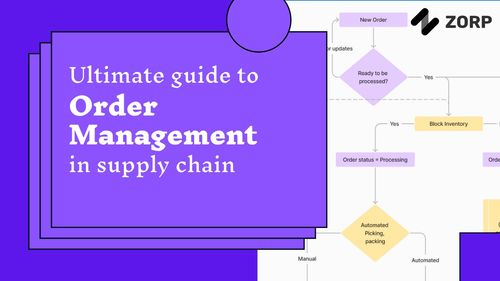Implementing field service software is a significant investment for any business that needs a seamless and efficient way to manage and track their field operations. If done correctly, it can lead to improvements in customer satisfaction, workforce productivity, and the bottom line. In this article, we cover the steps to successfully implement field service software in your organization, ensuring that you can reap the maximum benefits from your investment.
Before diving into the implementation process, it's essential to understand field service software, its functionality, and how it can help.
Start by analyzing your organization's processes, pain points, and areas of improvement to determine optimal goals for your field service software. Consider aspects such as work order management, technician tracking, resource allocation, reporting, and analytics. Take into account the input of your field staff, as they will be the primary users of the software.
Once you've identified your goals, it's time to select a suitable field service software. Consider factors such as:
An implementation plan helps you stay organized and keeps your team on track during the process. Your plan should include milestones, timelines, and assigned responsibilities. Ensure the plan is comprehensive, including aspects such as:
Your project team should consist of stakeholders from various departments who will be responsible for the software's implementation and management. This team should have a designated project manager to keep things running smoothly.
Staff training is critical to maximize the advantages of your new field service software. Create a comprehensive training plan covering all the necessary features and processes. The training should be tailored to the needs of your organization and may include:
Before going live, test the software extensively to ensure it meets your requirements. This stage may consist of troubleshooting, identifying potential issues, and making necessary adjustments.
After implementation and testing, it's time to go live. As you do, actively monitor the system's performance and address any issues that arise promptly.
To ensure the continued success of your field service software, provide ongoing support and maintenance. This includes regular updates, troubleshooting, and performance monitoring.
Implementing field service software is a significant but worthwhile investment. By following these steps, and considering the services of a platform like ZORP, you will experience improved operational efficiency, ultimately leading to a stronger bottom line. ZORP can offer your business valuable guidance on optimizing your field service software, with features like performance tracking, alerts for issues, and insights to drive overall efficiency.
Enhance your field service operations with our comprehensive guide on integrating Mobile Field Service Software. 🚀 Dive into the details: A Comprehensive Guide to Integrating Mobile Field Service Software
FAQs

Discover how our field service software can streamline operations and improve your team's productivity.


